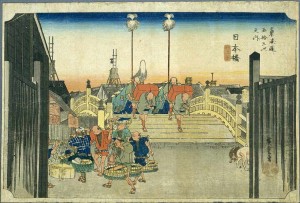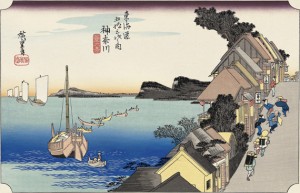Earlier this week, Erica sent me a box full of awesome goodies, and tucked inside was this epic doohickey. I’ve wanted one for quite a while, so I was really thrilled.
Obidome are pieces of jewelry meant to be worn on the obijime. I have several, but they’re the kind of thing that are always nice to have more of – they add a wonderful finishing touch to an outfit. Unfortunately, they don’t often show up on the secondary Western market, and when they do the prices can get prohibitively expensive.
Enter the magical obidome converter. It’s basically a very thin piece of tubing with obidome hardware (two flat metal loops) attached to the back. You insert the pin part of any brooch or button through the tube, and voila, instant obidome!
Rather than hunting eBay and garage sales and thrift stores and hoping I may luck out and find an obidome, now I can just use all the old costume jewelry and pins I already have lying around. Yay!

































 Bebe Taian
Bebe Taian CHOKO Blog
CHOKO Blog Gion Kobu
Gion Kobu